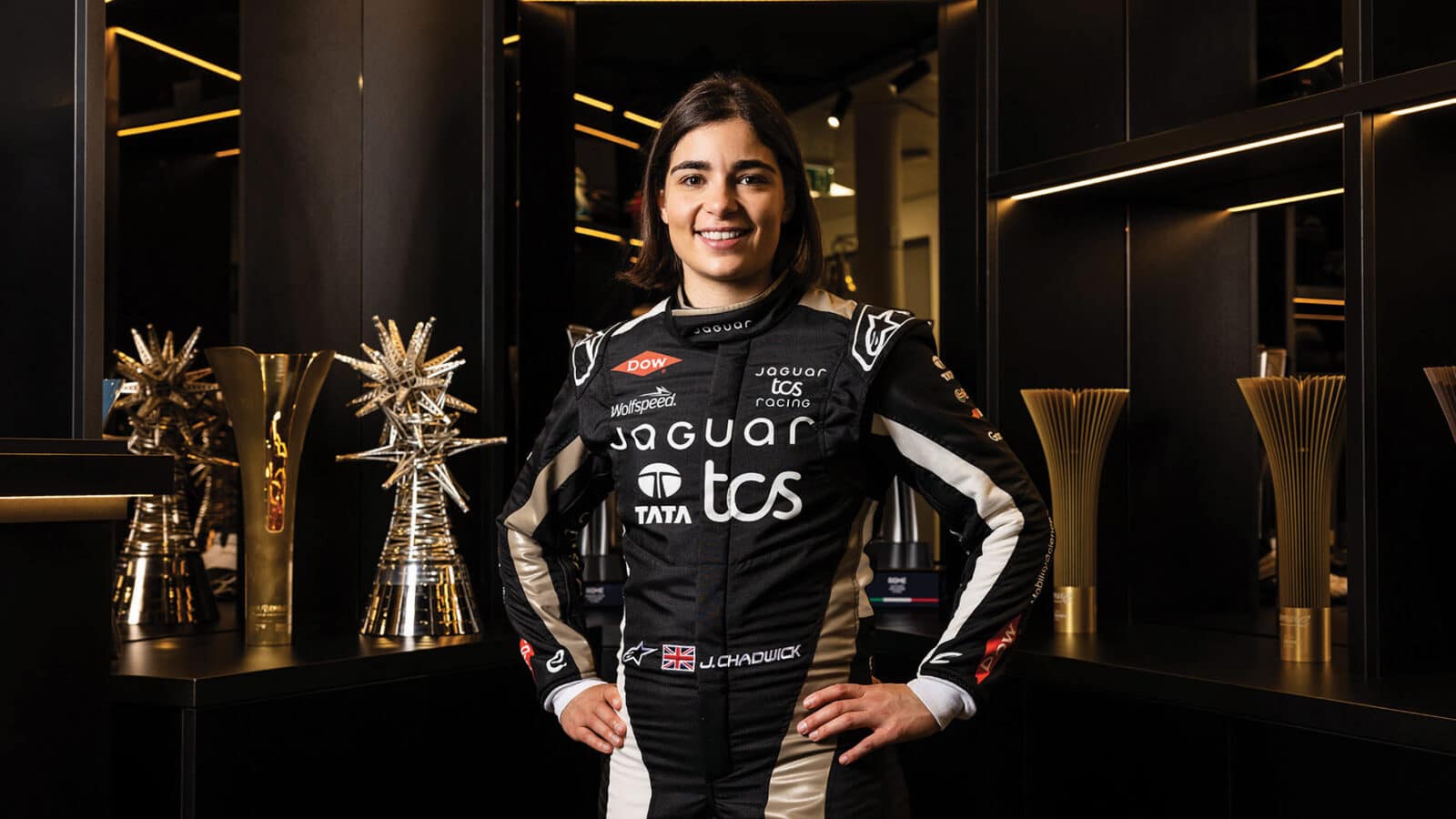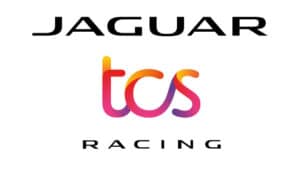Why Formula E is a proper tech lab — developing inventions at racing speed
Jaguar TCS Racing principal James Barclay tells us about track tech leaps and what they mean for the road cars of tomorrow

Triple W Series champion Jamie Chadwick plays her own part in Jaguar’s Formula E development
As I write this we’re a week away from rounds three and four of the Formula E season in Jeddah, after which we’ve a gap until we race in Miami in April, so it’s a good opportunity to talk about some matters outside what’s happening on-track in the championship.
One of the innovative ways Formula E will fill that time is by running the Evo Sessions. This is an ambitious initiative to bring new audiences to the sport by taking 11 well-known names on a Formula E journey of their own, each paired with a team.
Away from the circuit, Formula E consistently moves forward and remodels how it markets itself. As a manufacturer this vibrancy and creativeness is something we can engage our partners and fans with. I’m really delighted that for the Evo Sessions – which will take place at Miami’s Hard Rock Stadium during the first week in March – we’ll be working with Brooklyn Peltz Beckham, British entrepreneur and son of football legend David.
Jaguar TCS Racing driver Mitch Evans will help to coach Brooklyn to get him ready to drive the Jaguar I-Type 7 himself. As part of his preparation, he’ll come to our new HQ in Kidlington and get into the simulator for the first time. Evo Sessions isn’t a race, but we’ll be putting Brooklyn through an intense training regime so he can really understand the level at which Mitch and the other drivers perform. Look out for the story later this year.
At Jeddah we’ll be welcoming back an old friend in Jamie Chadwick, who will be taking part in an extra free practice session. Jamie has proven time and time again what a fantastic racing driver she is, and her feedback as the first Jaguar driver on track in Jeddah will be really crucial in getting knowledge to Mitch and Nick Cassidy ahead of FP1.
Formula E’s commitment to ensuring that strong opportunities exist for talented women is no pure marketing thing, it’s also a genuine push to get some prospects for the future based on talent. Jamie ran with us in Gen2 and also at the women’s test at Jarama last November so there is nothing one-off about our programme with her. She will also be testing in July at the official Berlin rookie test.
“The I-Type 7 will receive as much charge in 30 seconds as a road car in 30 minutes”
One thing we love about Formula E is the innovation on all levels. We know things are done differently on the track in many instances and in Jeddah we’ll see Pit Boost – new for each double-header weekend this year – bring another big variable into the mix. The return of mandatory pitstops is going to add another extra layer of strategy and unpredictability to Formula E.
Pit Boost will give a 10% energy increase (3.85kW) through a 30-second, 600kW charge in the pitlane. It’s all about being a real-world test-bed for electric vehicle technology and what Pit Boost will demonstrate is the advancement in ultra-fast battery charging, showcasing race-to-road technology.
Remarkably, the Jaguar I-Type 7 will receive as much charge in that 30-second Pit Boost as an all-electric road car would receive in 30 minutes from a domestic 7kW charger. That’s quite a message to spread right now.
At Jaguar we took a view from an early stage of the Formula E project that with our transition to being an all-electric luxury brand, there is no form of motor sport more relevant. The technology we’re testing on the race track will benefit the next generation of Jaguar EVs.
For example, we began working with Wolfspeed silicon carbide technology for the inverter design back in 2017. This is providing faster switching speeds with reduced heat loss, operating at much higher temperatures and providing higher current density. Through this, Jaguar TCS Racing gains increased efficiency in this energy conversion from the battery to the motor. In parallel, silicon carbide will be used within the inverters of our next generation of electric vehicles.
When I was growing up in South Africa and reading Motor Sport I remember seeing those Castrol-sponsored IMSA cars, especially the XJR-9 and XJR-12 that won at Daytona in 1988 and 1990. It’s a partnership that continues as Castrol honed an EV Transmission Fluid, containing re-refined base oils, in the Jaguar I-Type 6 – last year’s championship winning race car.
ON EV Transmission Fluid by Castrol was collected from the race car, the base oils were extracted, re-refined and added into the next batch of fluid to produce a more circular EV transmission fluid. The new batch was deployed to the Jaguar I-Type 6 gearbox and in doing so the race team was able to demonstrate that, with Castrol’s formulations and technical support, a more circular fluid can perform in parity to virgin base oil and without compromise.
Its ingenious stuff and a cool collaboration to add clever solutions to these Formula E cars that are now proper EV tech labs, and ones that are being sensibly controlled with the FIA’s financial cost measures. For me it proves that you can have top-class global motor sport and not be in danger of getting into an out-of-control arms race. In many ways the efficiency mantra of the sport is also reflected in the business and partnership side too.
Formula E in association with

